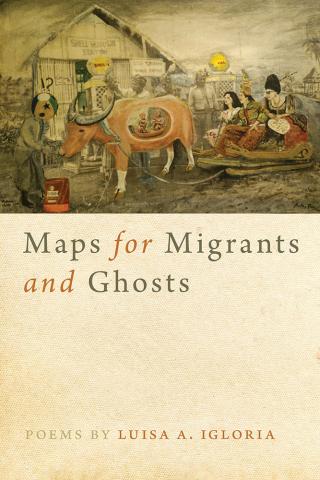By Jill Richardson/OtherWords
Rory McVeigh wrote The Rise of the Ku Klux Klan, a study of the KKK in the 1920s, in 2009 – long before Donald Trump became president. But it could almost be about Trump today.
In the 1920s, white, male, U.S.-born Protestants worried they were losing status, economic clout and political power.
Catholic and Jewish immigrants from Eastern and Southern Europe were settling in large numbers in industrial cities, where they took unskilled, low-paying manufacturing jobs in large plants. Simultaneously, many African Americans were moving north for industrial jobs. More women were working, too.
Many of the anxious white Protestants were skilled laborers or small business owners. Large companies, chain stores and the Sears catalog were out-competing them throughout the country.
Feeling squeezed out by the changing economy, the KKK framed American jobs as the rightful property of what they called “100 percent Americans.” They wrapped themselves in the flag, claimed immigrants were stealing jobs, and attempted to deny African Americans any further mobility.
Read More
Posted on August 27, 2020



